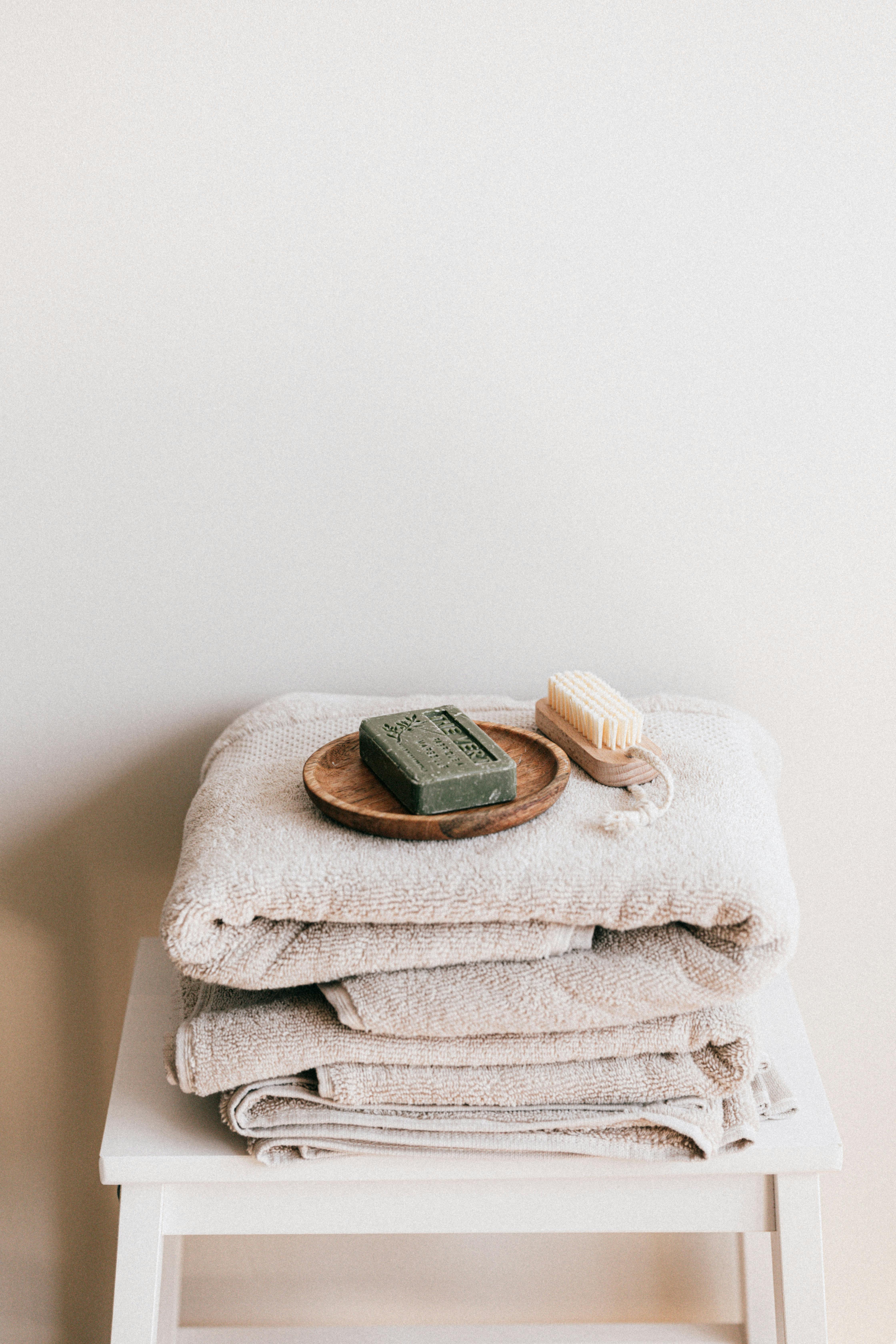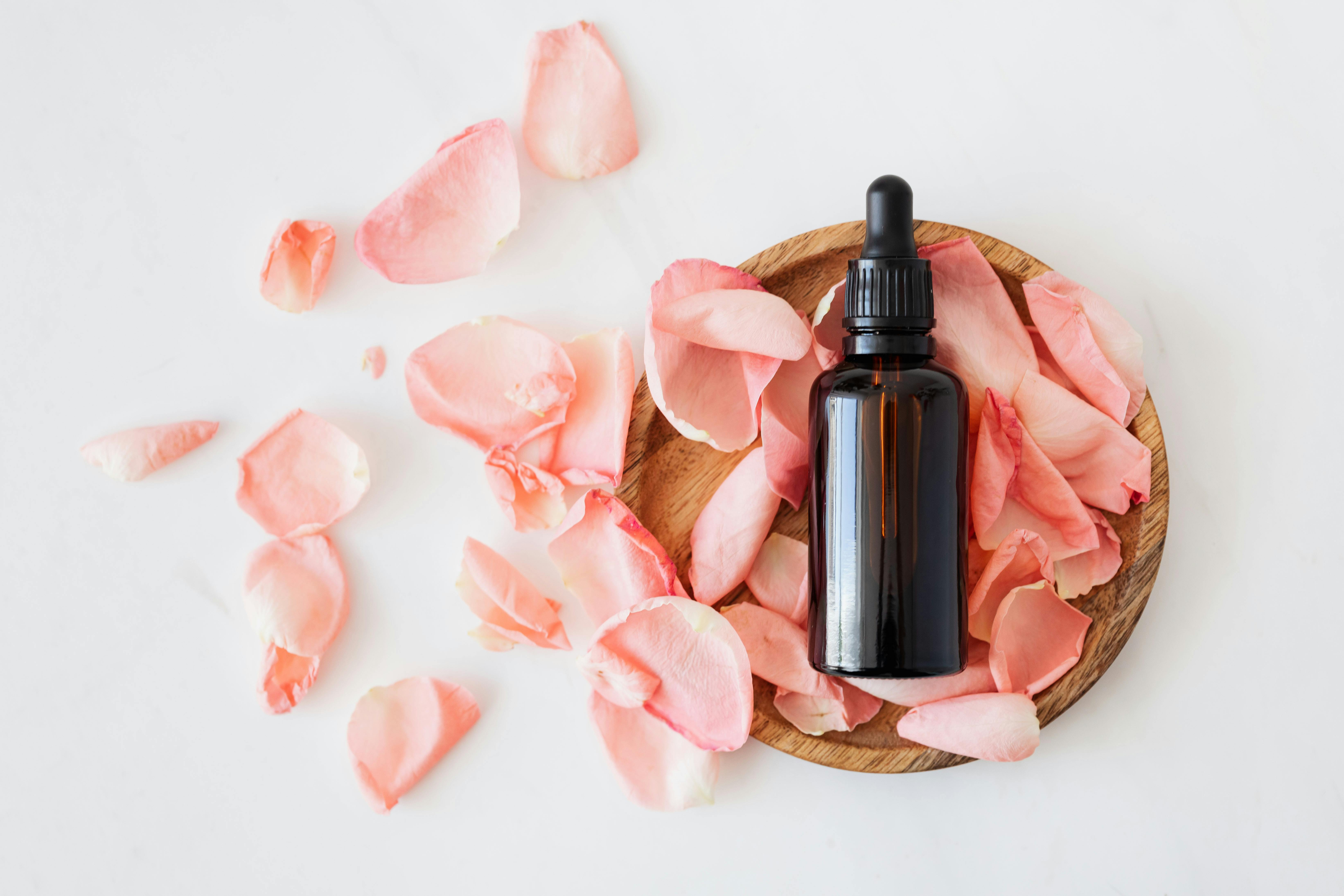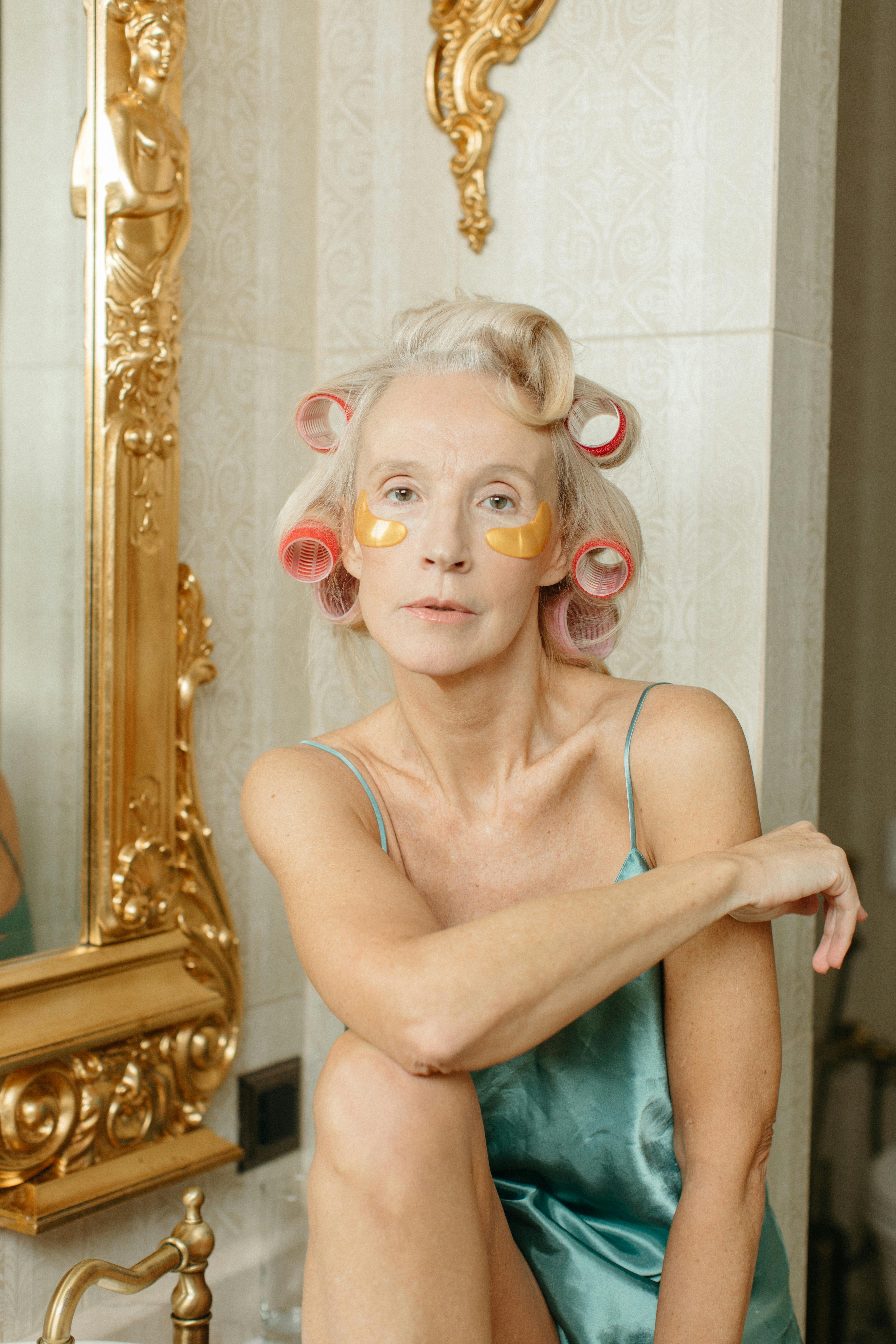So we’ve all heard the rumors, right? That indulging in a piece of rich, velvety chocolate can actually improve our skin’s appearance. Now, if you’re anything like me, this might sound like a dream come true. But before we start raiding the nearest chocolate shop in the name of beauty, let’s take a moment to explore the truth behind cocoa’s supposed benefits. Is it really the miracle worker we’ve been hoping for, or just another sweet misconception?

This image is property of images.pexels.com.
The History of Chocolate
Ancient origins of cocoa
Cocoa, the main ingredient in chocolate, has a rich and fascinating history that dates back thousands of years. The ancient Mayans and Aztecs were among the first civilizations to discover the delights of the cocoa bean. They believed that cocoa had magical and aphrodisiac properties, and it was even used as a form of currency in their societies. The beans were often ground into a paste and mixed with water, creating a bitter drink that only the elite had the privilege of enjoying.
Introduction of chocolate to Europe
It wasn’t until the 16th century that chocolate made its way to Europe. Spanish explorers, such as Christopher Columbus and Hernán Cortés, were the ones responsible for bringing this exotic treasure back to their homelands. Once in Europe, chocolate was initially consumed as a beverage by the nobility. However, it wasn’t long before it became popular among the general population. The addition of sugar and milk to the drink turned it into a sweeter and more palatable treat.
Evolution of chocolate production
Over the centuries, chocolate production methods evolved significantly. The Industrial Revolution brought about technological advancements that allowed for mass production and the creation of solid chocolate bars. Inventions such as the conching machine, which helped refine and smooth the texture of chocolate, revolutionized the industry. Today, there are countless varieties of chocolate available, each with its own distinct flavors and qualities.
Chocolate and Skin Health
Antioxidant properties of cocoa
One of the reasons why chocolate is often associated with skincare benefits is its rich antioxidant content. Cocoa beans are packed with powerful antioxidants known as flavanols, which help protect the skin against damage caused by free radicals. These free radicals are unstable molecules that can lead to premature aging and contribute to various skin conditions.
Protection against UV damage
Research has shown that the consumption of cocoa and its flavanols can provide some protection against harmful UV rays. UV radiation from the sun is a major cause of skin damage, including sunburns and skin cancer. The antioxidants found in cocoa can help neutralize free radicals generated by UV exposure, reducing the oxidative stress on the skin.
Improvement of skin hydration
The hydration of the skin is essential for maintaining its elasticity and preventing dryness. Studies have suggested that cocoa flavanols can help improve skin hydration by increasing blood flow and nutrients to the skin. By enhancing the skin’s natural moisture barrier, cocoa can contribute to a healthier and more supple complexion.
Enhancement of blood flow
Proper blood flow is crucial for healthy skin, as it helps deliver oxygen and important nutrients to the cells. Cocoa flavanols have been found to improve blood flow, which in turn can lead to a brighter and more radiant complexion. Increased blood circulation can also aid in the removal of toxins and waste products from the skin, promoting a clearer and healthier appearance.
Reduction of inflammation
Inflammation is a common underlying factor in many skin conditions, such as acne and eczema. Cocoa flavanols possess anti-inflammatory properties that can help reduce inflammation in the skin. By calming irritated skin and soothing redness, cocoa can contribute to a more balanced and even complexion.
Cocoa and Anti-Aging Effects
Role of cocoa in collagen production
Collagen is a protein that provides structure and elasticity to the skin. As we age, collagen production naturally declines, leading to the formation of wrinkles and fine lines. One of the ways cocoa can potentially combat the signs of aging is by stimulating collagen synthesis. The flavanols in cocoa have been found to promote the production of collagen, helping to maintain the skin’s firmness and youthfulness.
Reduction of wrinkles and fine lines
Thanks to its collagen-boosting properties, cocoa can also help reduce the appearance of wrinkles and fine lines. As the skin’s collagen levels increase, it becomes more plump and resilient, smoothing out any creases or folds. Regular consumption of cocoa or the application of cocoa-infused skincare products can contribute to a more youthful and smoother complexion.
Promotion of youthful skin appearance
In addition to its collagen-stimulating effects, cocoa also contains compounds that enhance the skin’s overall appearance. The flavanols and antioxidants found in cocoa can help protect against oxidative stress and damage, which can contribute to a more youthful and radiant complexion. By nourishing the skin from within, cocoa can promote a healthier and more vibrant appearance.
Nutritional Composition of Chocolate
Important nutrients in chocolate
While chocolate is often associated with indulgence, it also contains several important nutrients that can benefit the skin. Dark chocolate, in particular, is a good source of minerals such as iron, magnesium, and copper. These minerals play a crucial role in maintaining healthy skin functions, including cell regeneration and collagen synthesis.
Impact of sugar and fat content
It’s important to note that not all types of chocolate are created equal when it comes to skincare benefits. Dark chocolate, with a higher cocoa content, generally contains less sugar and fat compared to milk chocolate. Excessive consumption of sugar and unhealthy fats can contribute to skin issues such as acne and inflammation. Therefore, it’s recommended to opt for dark chocolate with a cocoa percentage of 70% or higher for maximum nutritional benefits.
Choosing the right type of chocolate
When choosing chocolate for its potential skincare benefits, it’s essential to consider the quality and sourcing of the ingredients. Organic and fair-trade chocolates are often a better choice as they are produced using sustainable and ethical practices. Additionally, opt for chocolates that are minimally processed and free from additives and artificial ingredients.

This image is property of images.pexels.com.
Types of Chocolate and Their Effects on Skin
Dark Chocolate vs. Milk Chocolate
Dark chocolate and milk chocolate are the two most common types of chocolate consumed. Dark chocolate typically contains a higher percentage of cocoa solids and less sugar and milk, making it a healthier option for the skin. Milk chocolate, on the other hand, has a higher sugar and milk content and a lower cocoa percentage, which can be less beneficial for the skin. When it comes to skincare, opting for dark chocolate is generally recommended due to its higher nutrient content.
Influence of cocoa concentration
The concentration of cocoa in chocolate can greatly impact its skincare benefits. The higher the percentage of cocoa, the more antioxidants and flavanols are present. As mentioned earlier, these compounds play a crucial role in protecting and nourishing the skin. When choosing chocolate for its skincare benefits, aim for a concentration of at least 70% cocoa to ensure optimal antioxidant content.
Processing methods and skin benefits
The way chocolate is processed can affect its skincare properties. For example, chocolate that undergoes a longer conching process tends to have a smoother texture and a more pronounced flavor. This extended processing time can also enhance the release of antioxidants and flavanols, increasing the potential skincare benefits. Additionally, chocolates that are minimally processed and made from high-quality beans may retain more of their natural goodness, making them a preferable choice for skincare purposes.
Studies on the Effects of Chocolate on Skin
Research findings and methodologies
Numerous studies have been conducted to investigate the potential effects of chocolate on the skin. These studies have utilized various methodologies, including in vitro experiments, animal studies, and human clinical trials. Researchers have explored the benefits of cocoa and its components through ingestion, topical application, and the use of cocoa extract in skincare products.
Scientific evidence supporting cocoa’s benefits
The scientific evidence supporting the positive effects of cocoa on the skin is gradually increasing. Many studies have demonstrated that the consumption of cocoa or the application of cocoa extract can lead to improvements in skin hydration, elasticity, and overall appearance. The antioxidant and anti-inflammatory properties of cocoa have been shown to contribute to these skincare benefits.
Critiques and limitations of studies
Despite the growing body of research supporting cocoa’s potential skincare benefits, it’s important to recognize the limitations of these studies. Many of the existing studies have been small-scale or conducted on animals or cells in laboratories, which may not fully translate to human experiences. Properly controlled and large-scale human trials are needed to provide more concrete evidence on the effects of cocoa on the skin. Additionally, individual variations in skin type and overall health can impact the results, making it challenging to draw definitive conclusions.

This image is property of images.pexels.com.
Incorporating Chocolate into Skincare Routine
DIY chocolate face masks and scrubs
Chocolate can be easily incorporated into a skincare routine through the creation of homemade face masks and scrubs. A simple DIY face mask can be made by mixing melted dark chocolate with natural ingredients such as honey or yogurt. This mask can be applied to the face and left on for 10-15 minutes before rinsing off with warm water. The antioxidants in chocolate can help nourish and rejuvenate the skin, leaving it feeling hydrated and refreshed.
Chocolate-infused skincare products
To simplify the incorporation of chocolate into a skincare routine, there are various chocolate-infused skincare products available on the market. These products often contain cocoa extract or other cocoa derivatives and can range from moisturizers and serums to body oils and bath bombs. When choosing these products, it’s important to read the ingredient list and opt for those that are free from harmful chemicals and additives.
Precautions and potential risks
While chocolate can offer potential skincare benefits, it’s important to approach its use with caution. For individuals with sensitive skin or existing skin conditions, such as rosacea or eczema, the fragrance or components of chocolate-based skincare products may trigger adverse reactions. As with any new skincare product or ingredient, it’s recommended to perform a patch test on a small area of skin before applying it to the entire face or body.
Other Beauty Benefits of Chocolate
Hair health and chocolate treatments
Chocolate’s benefits extend beyond skincare and can also contribute to hair health. The minerals found in chocolate, such as iron and copper, are vital for maintaining healthy hair growth and preventing hair loss. Additionally, the antioxidants in chocolate can help protect the scalp against oxidative stress and promote a healthier environment for hair follicles. Applying a chocolate hair mask or using cocoa-infused hair care products may help nourish the scalp and enhance the overall appearance of the hair.
Nail strengthening properties
Chocolate can even benefit the health and appearance of nails. The minerals and nutrients found in chocolate, including calcium and zinc, play a crucial role in nail growth and strength. Including chocolate in a well-balanced diet can help provide the necessary nutrients for healthy nails. Alternatively, a cocoa butter-based nail cream or a chocolate-infused cuticle oil can be used topically to moisturize and strengthen the nails.
Chocolate-scented perfumes and cosmetics
The delicious scent of chocolate has made its way into various perfumes and cosmetics. These products often aim to recreate the comforting and indulgent aroma of chocolate, providing a sensory experience. While these scented products may not offer the same skincare benefits as pure cocoa, they can add a touch of luxury and enjoyment to one’s beauty routine.

Finding the Balance
Moderation in chocolate consumption
Despite the potential skincare benefits of chocolate, it’s essential to consume it in moderation. Chocolate, especially the sweeter varieties, can be high in calories and sugar. A balanced and varied diet is key to maintaining overall skin health, and consuming excessive amounts of chocolate can lead to weight gain and other health concerns. The recommended daily amount of chocolate varies depending on individual factors, such as age and activity level, but it’s generally advised to enjoy it as an occasional treat rather than a staple food.
Considering individual skin type and health
While chocolate may offer skincare benefits, it’s important to consider individual skin type and health when incorporating it into a routine. Some individuals may be more prone to breakouts or have specific sensitivities to certain ingredients present in chocolate. If you have any existing skin conditions or concerns, it’s advisable to consult with a dermatologist or skincare professional before starting any new routine or using chocolate-infused products.
Seeking professional advice
For those seeking personalized guidance and expertise, consulting with a dermatologist or skincare professional can provide valuable insights. These professionals can assess one’s specific skin needs and recommend the most appropriate products and treatments. They can also provide comprehensive advice on maintaining a holistic skincare approach, which includes factors such as diet, lifestyle, and skincare routines.
Conclusion
In conclusion, the history of chocolate is as fascinating as its potential skincare benefits. From its ancient origins as a coveted drink to its modern-day presence in the form of indulgent treats and skincare products, chocolate has captivated our senses for centuries. While further research is needed to fully substantiate the claims surrounding cocoa’s benefits for the skin, scientific evidence suggests that its antioxidant properties, collagen-stimulating effects, and hydration-enhancing abilities can contribute to healthier and more youthful-looking skin. However, it’s important to approach the use of chocolate, whether in the form of consumption or skincare products, with moderation and consideration for individual factors. By maintaining a balanced diet, seeking professional advice, and maintaining a holistic skincare approach, we can embrace the potential beauty benefits that chocolate has to offer while nurturing our overall well-being.


